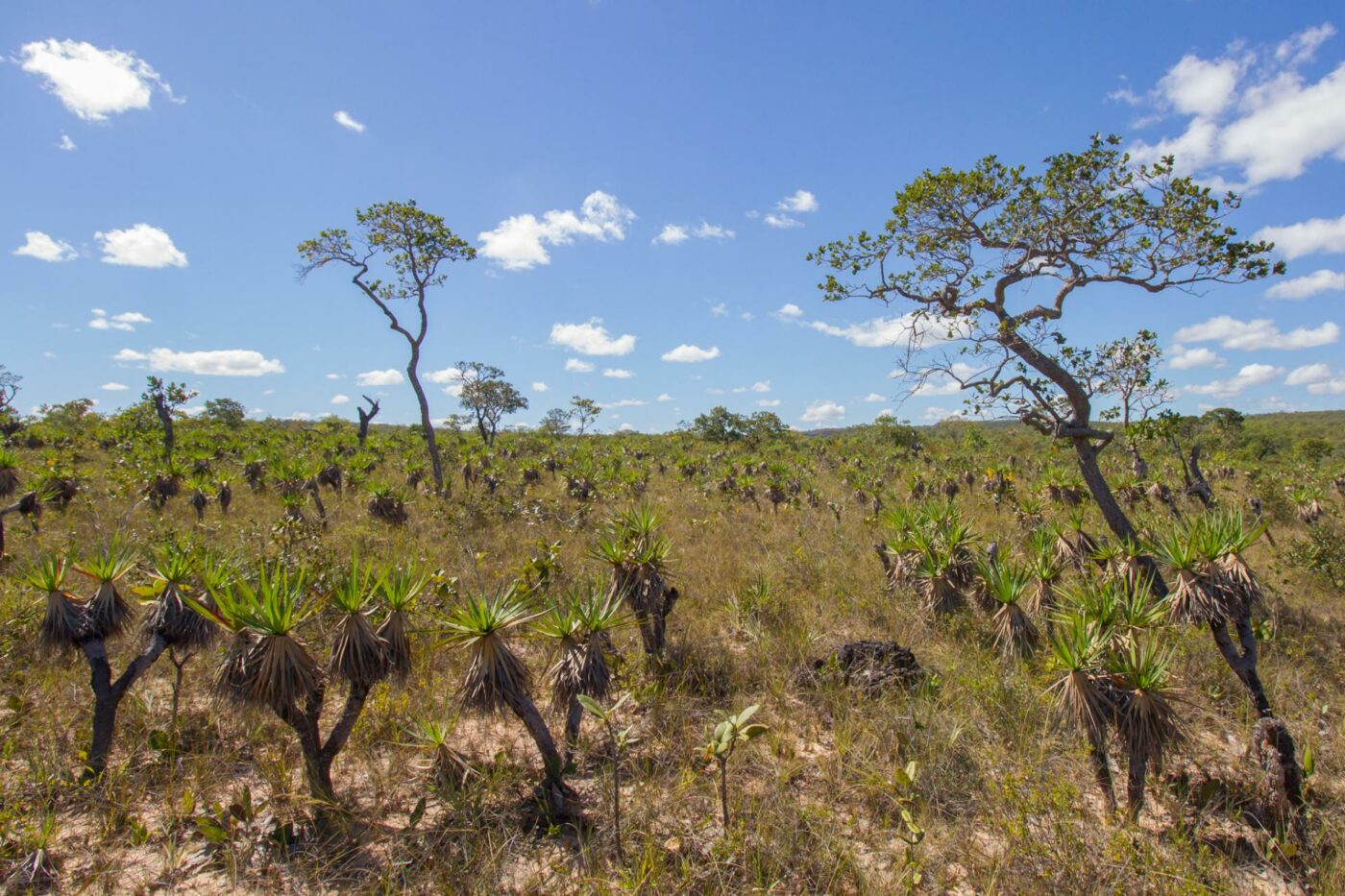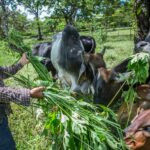The Cerrado: Brazil’s Savanna Ecosystem and its Ecological Significance

While the Amazon Rainforest often takes the spotlight, Brazil is home to another equally vital and diverse biome – the Cerrado. Spanning over 2 million square kilometers, the Cerrado is the largest savanna ecosystem in South America and one of the most biodiverse tropical savannas globally. This unique biome plays a crucial role in Brazil’s ecological landscape, offering a wealth of biodiversity and ecosystem services.
Geography and Characteristics:
Situated in the central part of Brazil, the Cerrado is characterized by its vast grasslands, shrublands, and unique wooded savannas. It experiences a distinct wet and dry season, with temperatures that can vary widely. The mosaic of habitats within the Cerrado supports a remarkable variety of plant and animal species, many of which are endemic and found nowhere else on Earth.
Biodiversity Hotspot:
Despite its relatively low international recognition compared to the Amazon, the Cerrado is recognized as a biodiversity hotspot. It is estimated to be home to around 10,000 plant species, with approximately 45% considered endemic. The Cerrado’s diverse flora includes unique tree species, grasses, and a plethora of flowering plants, adapting to the challenging environmental conditions of the region.
Fauna of the Cerrado:
The Cerrado harbors an impressive array of wildlife, with species ranging from large mammals to tiny invertebrates. Jaguars, giant anteaters, maned wolves, and armadillos roam the savanna, while the skies are filled with the flight of toucans, parrots, and raptors. The interconnectedness of the Cerrado’s ecosystems highlights its importance as a refuge for biodiversity.
Ecosystem Services:
The Cerrado provides essential ecosystem services that benefit both local communities and the broader region. Its extensive network of watersheds plays a crucial role in regulating water flow, preventing soil erosion, and maintaining water quality. The Cerrado also contributes to carbon sequestration, helping mitigate the impacts of climate change.
Threats and Conservation:
Despite its ecological significance, the Cerrado faces severe threats from agricultural expansion, logging, and infrastructure development. Large-scale soy and cattle production have led to widespread deforestation, resulting in the loss of habitats and biodiversity. Conservation efforts are underway to address these challenges, with initiatives focused on sustainable land use, protected areas, and restoration projects.
Indigenous and Local Involvement:
The preservation of the Cerrado is intricately linked to the involvement of indigenous communities and local populations. Indigenous knowledge and traditional land management practices have sustained the Cerrado’s biodiversity for generations. Collaborative efforts between these communities, conservation organizations, and policymakers are essential for effective conservation and sustainable development.
Global Significance:
The ecological significance of the Cerrado extends beyond Brazil’s borders. As a hotspot of biodiversity and a crucial component of the Earth’s natural heritage, the conservation of the Cerrado contributes to global efforts to safeguard biological diversity and address climate change.
The Cerrado stands as a testament to the incredible diversity and resilience of Brazil’s ecosystems. Recognizing its ecological significance and implementing sustainable practices are crucial steps in ensuring the continued existence of this unique savanna biome. As we appreciate the beauty and importance of the Cerrado, we must strive to balance development with conservation, preserving this remarkable landscape for future generations and the health of the planet.

